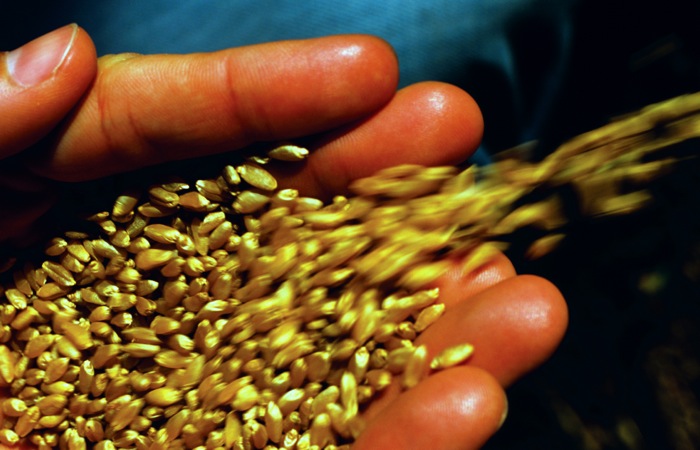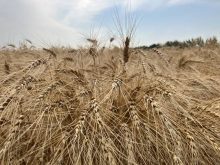MarketsFarm – Given the difficult conditions grain farmers have contended with in 2019, especially the cold, wet conditions that’s drawing out the harvest, it’s hard to say how much wheat and barley will end up as feed, according to one broker.
“I really think we don’t know what to expect. There’s wheat coming off even today that’s still a two,” said Dale McManus of Johnston’s Grain in Welwyn, Sask.
McManus explained the quality depends on how much snow or rain was received, along with the maturity of the crop, the number of sprouts, as well as the moisture level and bushel weight.
Read Also

U.S. grains: Corn, wheat ease after gains driven by Black Sea jitters
Chicago | Reuters – U.S. corn futures fell on Wednesday and wheat futures also dipped as fears eased about a…
“Two fields can be right beside each other, and one can have sprouts and be feed. The next one can be two red. It’s really a mystery until you drive in,” he commented.
McManus said vomitoxin, caused by fusarium, can also be an issue.
“I have not seen anything with [vomitoxin], but it could be hiding out there.”
Prices at Johnston’s Grain for feed wheat have varied from C$3.50 to C$4.90 per bushel – all depending on the above factors. McManus pointed out that the price was about C$5.00 per bushel around a month and a half ago.
As for feed barley, he said prices have ranged between, “the high three’s up to C$4.00.” Over the last six weeks those prices have slipped by around 80 cents.
















